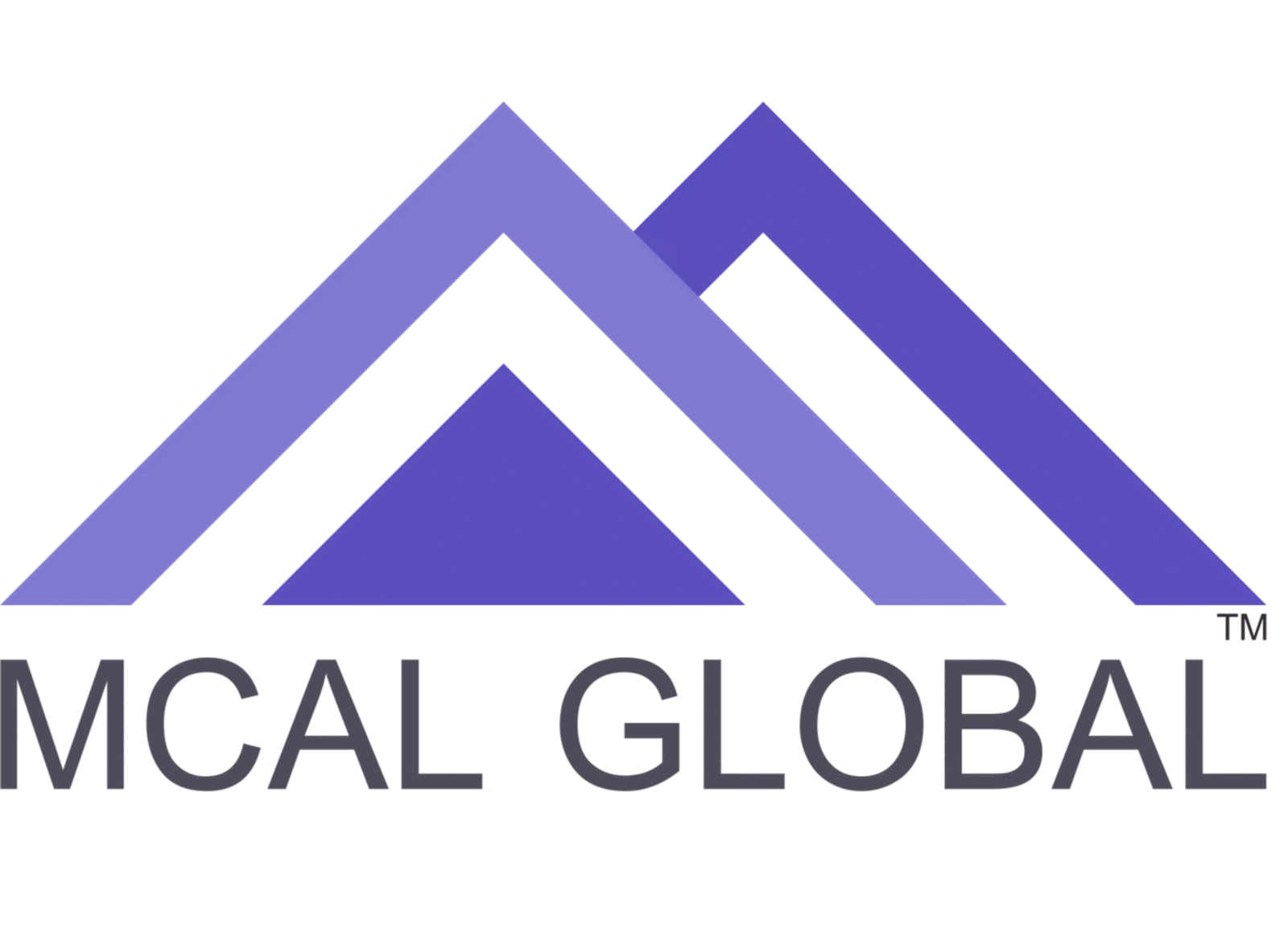In the ever-evolving business landscape, organizations need to effectively manage and enforce their business rules to ensure consistency, compliance, and operational efficiency. Business Rules Analysis is a powerful technique that enables organizations to identify, document, analyze, and implement business rules within their processes and systems. This article provides a detailed guide to Business Rules Analysis, including its definition, process, benefits, examples, and related tools and organizations that support its implementation.I. Understanding Business Rules Analysis:Business Rules Analysis involves the identification, analysis, documentation, and management of business rules that govern how an organization operates. Business rules are the policies, guidelines, regulations, and constraints that guide decision-making and behavior within an organization. By analyzing and managing these rules effectively, organizations can align their processes, systems, and behaviors to achieve desired outcomes.II. The Process of Business Rules Analysis:The process of conducting Business Rules Analysis typically involves the following steps:
- Identify Business Rules: Identify and document the business rules that are applicable to the organization’s operations. These rules can be derived from regulatory requirements, industry standards, organizational policies, and best practices. Collaborate with key stakeholders, subject matter experts, and legal or compliance teams to ensure comprehensive coverage.
- Define Rule Structure: Structure the business rules in a standardized format to enhance clarity and understanding. This typically involves defining the rule’s name, description, conditions, actions, and any associated metadata. Consider using rule templates or modeling techniques to ensure consistency and ease of analysis.
- Analyze Rule Dependencies: Analyze the dependencies and relationships between business rules. Identify any conflicts, overlaps, or contradictions that may exist. Use dependency diagrams or visual models to gain a holistic view of the rule landscape and to assess the impact of changes to individual rules.
- Evaluate Rule Quality: Assess the quality and effectiveness of the business rules against predefined criteria. Consider factors such as clarity, completeness, consistency, relevance, and compliance. Review and refine the rules based on feedback from stakeholders and subject matter experts.
- Document Rule Execution: Document the methods or systems used to enforce and execute the business rules. This can involve specifying the technical requirements, data structures, decision tables, or rule engines that support the automation and execution of the rules.
- Implement and Test: Implement the business rules within the relevant systems or processes. Develop or configure the necessary software components, such as rule engines or workflow systems, to support the rule execution. Thoroughly test the rules to ensure accuracy, performance, and compliance with desired outcomes.
- Monitor and Maintain: Regularly monitor and review the effectiveness of the implemented business rules. Monitor rule execution, collect feedback from users, and track compliance with the rules. Maintain an ongoing process for updating and evolving the rules based on changing business needs or regulatory requirements.
III. Examples of Business Rules Analysis:Example 1: Loan Approval Process Business Rule: “If the applicant’s credit score is above 700 and the loan amount is less than $100,000, approve the loan automatically.” This business rule governs the decision-making process for loan approvals, taking into account the applicant’s credit score and the loan amount.Example 2: Discount Calculation Business Rule: “Apply a 10% discount to all orders above $500 placed by premium customers.” This business rule defines the discount policy for premium customers based on the order value.IV. Related Tools and Organizations:
- Decision Model and Notation (DMN): DMN is a standard notation for modeling and executing business decisions, including business rules. It provides a graphical representation and a standardized approach to modeling and analyzing decision-making processes. Website: https://www.omg.org/spec/DMN/
- Drools: Drools is an open-source business rules management system that provides a flexible and scalable platform for managing and executing business rules. It offers a rule engine, decision tables, and rule templates to support the implementation of business rules. Website: https://drools.org/
- International Institute of Business Analysis (IIBA): IIBA is a professional association focused on business analysis and requirements management. They provide resources, certifications, and networking opportunities for professionals involved in business rules analysis and implementation. Website: https://www.iiba.org/
- Business Rules Group (BRG): BRG is an industry consortium dedicated to advancing the field of business rules. They provide resources, best practices, and guidelines for business rules analysis and management. Website: http://www.businessrulesgroup.org/
Conclusion:Business Rules Analysis is a vital process that enables organizations to effectively manage and enforce their business rules. By analyzing, documenting, and implementing business rules, organizations can enhance operational efficiency, ensure compliance with regulations, and improve decision-making processes. Through the use of related tools and the support of organizations dedicated to business rules management, organizations can successfully analyze, implement, and maintain their business rules, leading to improved business performance and customer satisfaction.References:
- Decision Model and Notation (DMN). (2022). OMG. Retrieved from https://www.omg.org/spec/DMN/
- Drools. (2022). Drools. Retrieved from https://drools.org/
- International Institute of Business Analysis (IIBA). (2022). IIBA. Retrieved from https://www.iiba.org/
- Business Rules Group (BRG). (2022). Business Rules Group. Retrieved from http://www.businessrulesgroup.org/
For better understanding join MCAL Global’sMaster Business Analysis Training – MBATâ€. MBAT is the flagship business analyst course. MCAL Global has trained more than 2000 professionals on the business analysis processes, concepts, tools, techniques, best practices, business analyst certification, and software tools via this program.
Through active feedback collected from individuals & corporates, MCAL Global has perfected this business analyst course via numerous updates and revisions to deliver the best possible results for individuals or corporates.MCAL Global conducts a classroom for this business analyst course in Pune and Mumbai, else you can join our live online business analyst course from anywhere.
MCAL Global has trained professionals from the United States, UAE – Dubai, Australia, United Kingdom, and all major cities from India through our live instructor online business analyst courses. You can send your interest by visiting our contact us page.


